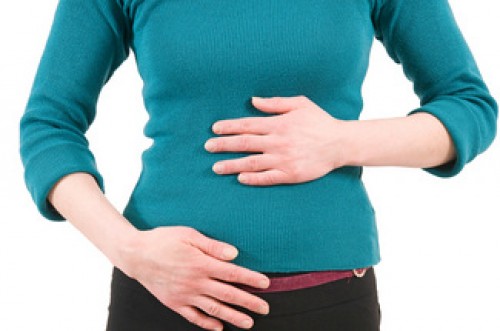7 ways to prevent vaginal yeast infection
- Posted on
- 1 Comment
 YEAST is a fungus that normally lives in the vagina in small numbers. A vaginal yeast infection means that too many yeast cells are growing in the vagina. These infections are very common. Although they can bother you a lot, they are not usually serious. And treatment is simple.
YEAST is a fungus that normally lives in the vagina in small numbers. A vaginal yeast infection means that too many yeast cells are growing in the vagina. These infections are very common. Although they can bother you a lot, they are not usually serious. And treatment is simple.
Most yeast infections are caused by a type of yeast called Candida albicans.
A healthy vagina has many bacteria and a small number of yeast cells. The most common bacteria, Lactobacillus acidophilus, help keep other organisms—like the yeast—under control.
When something happens to change the balance of these organisms, yeast can grow too much and cause symptoms. Taking antibiotics sometimes causes this imbalance. The high estrogen levels caused by pregnancy or hormone therapy can also cause it. So can certain health problems, like diabetes or HIV infection.
A yeast infection causes itching or soreness in the vagina and sometimes causes pain or burning when you urinate or have sex. Some women also have a thick, clumpy, white discharge that has no odor and looks a little like cottage cheese.
These symptoms are more likely to occur during the week before your menstrual period.
It’s easy to guess wrong about a vaginal infection. See your doctor if you aren’t sure what you have or if this is the first time you have had these symptoms. Also see your doctor if you are pregnant. Your doctor may want to do a vaginal exam.
If you have had a yeast infection before and can recognize the symptoms, and you aren’t pregnant, you can treat yourself at home with medicines you can buy without a prescription. You can use an antifungal cream, or a suppository that you put into your vagina, or antifungal tablets that you swallow.
If your symptoms are mild, you may want to wait to see if they clear up on their own.
Yeast infections are common during pregnancy. If you are pregnant, don’t use medicine for a yeast infection without talking to your doctor first.
If you use a cream or suppository to treat the infection, don’t depend on a condom or diaphragm for birth control. The oil in some medicines weakens latex, the material often used to make these devices.
Many women have infections that come back. If you have more than four yeast infections in a year, see your doctor. He or she may do some tests to see if your yeast infections are being caused by another health problem, such as diabetes.
If you practice good genital hygiene, you can help prevent infection.
- Keep your vaginal area clean. Use mild, unscented soap and water. Rinse well.
- After using the toilet, wipe from front to back to avoid spreading yeast or bacteria from your anus to the vagina or urinary tract.
- Wear underwear that helps keep your genital area dry and doesn’t hold in warmth and moisture. One good choice is cotton underwear.
- Avoid tight-fitting clothing, such as panty hose, and tight-fitting jeans. These may increase body heat and moisture in your genital area.
- Change out of a wet swimsuit right away. Wearing a wet swimsuit for many hours may keep your genital area warm and moist.
- Change pads or tampons often.
- Don’t douche or use deodorant tampons or feminine sprays, powders, or perfumes. These items can change the normal balance of organisms in your vagina.
webmd.com






 (Selorm) |
(Selorm) |  (Nana Kwesi)
(Nana Kwesi)
One thought on “7 ways to prevent vaginal yeast infection”